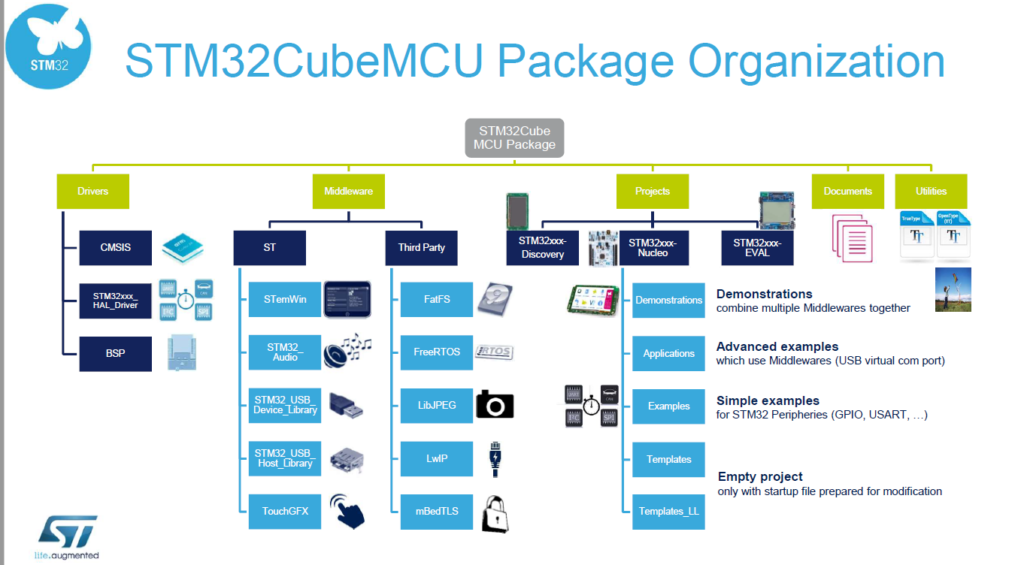
There are a lot of different kinds of ARM Cortex-M chips, with a lot of different capabilities.
#Stm32 driver install
Your package manager should have the gcc-arm-none-eabi and gdb-arm-none-eabi packages – just install them, and you’re good to go! If you need to build it from source or want to download a pre-built version, it is available for download here: Ī couple of other useful and recommended packages for more complicated applications are libnewlib-arm-none-eabi and libstdc++-arm-none-eabi. Fortunately, this is very easy – the same GCC that you know and love is available for the various ARM Cortex-M platforms, and so are all of its accompanying programs like GDB. But it’s nice to have some idea of what goes on inside of the chip, so let’s get started! You can view the entire minimal example project described in this post in this Github repository.īefore we start writing a program for the chip, we need to have a toolchain for compiling and debugging. If you want to skip these examples, there are tools such as ST’s CubeMX which can generate these sorts of empty starting projects. On the bright side, the very low-level starting code demonstrated in these first few examples are things that you won’t have to worry about once it is set up. I’d also like to make these posts more accessible, and would welcome feedback if anything is unclear or could be better explained.

This guide will assume some familiarity with C programming and the popular GCC compiler + GDB debugger, but I will try to explain all of the parts specific to coding for microcontrollers. ST makes an affordable ‘Nucleo’ development board with this chip, which costs just over $10 from somewhere like Digikey, Mouser, etc.
#Stm32 driver how to
We’ll cover how to support multiple chips in a later post, but this example will use the STM32F031K6 as an example. And they are much more capable than the 8-bit processors used in many ‘Arduino’-type boards – some can run at over 400MHz, and they can have advanced peripherals up to and including simple graphics accelerators.īut in this tutorial, we will just learn the absolute minimum required to get a program running on one of the simpler STM32 chips.

The nice thing about these chips is that they don’t require much setup, so you can start to learn about them bit by bit, starting with almost no code. The STM32 line of ARM Cortex-M microcontrollers are a fun way to get started with embedded programming.


 0 kommentar(er)
0 kommentar(er)
